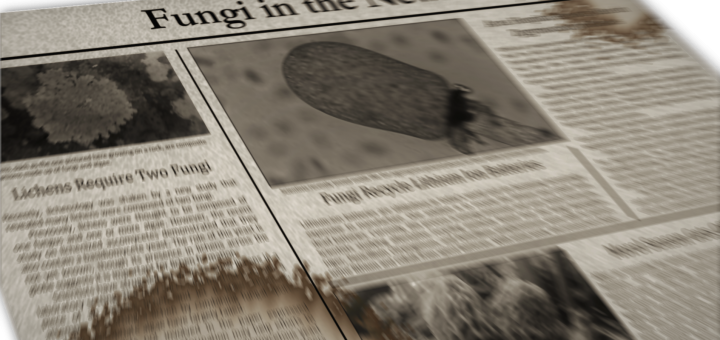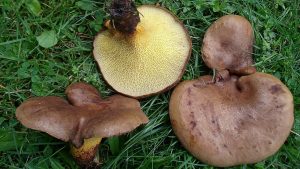2016 Fall News Update
Fungi appear in the news with surprising frequency. However, many of those stories do not provide any new information. Below is a summary of what we’ve learned about fungi from November 2016 Through February 2017. Read below to learn about: two-fungi lichens, the fate of bananas, battery recycyling, Crohn’s disease, orcas, human pathogenic fungi, and more! Visit the associated links to get the full story.








![#011: Characteristics of Kingdom Fungi [Archived]](https://www.fungusfactfriday.com/wp-content/themes/hueman/assets/front/img/thumb-small-empty.png)

